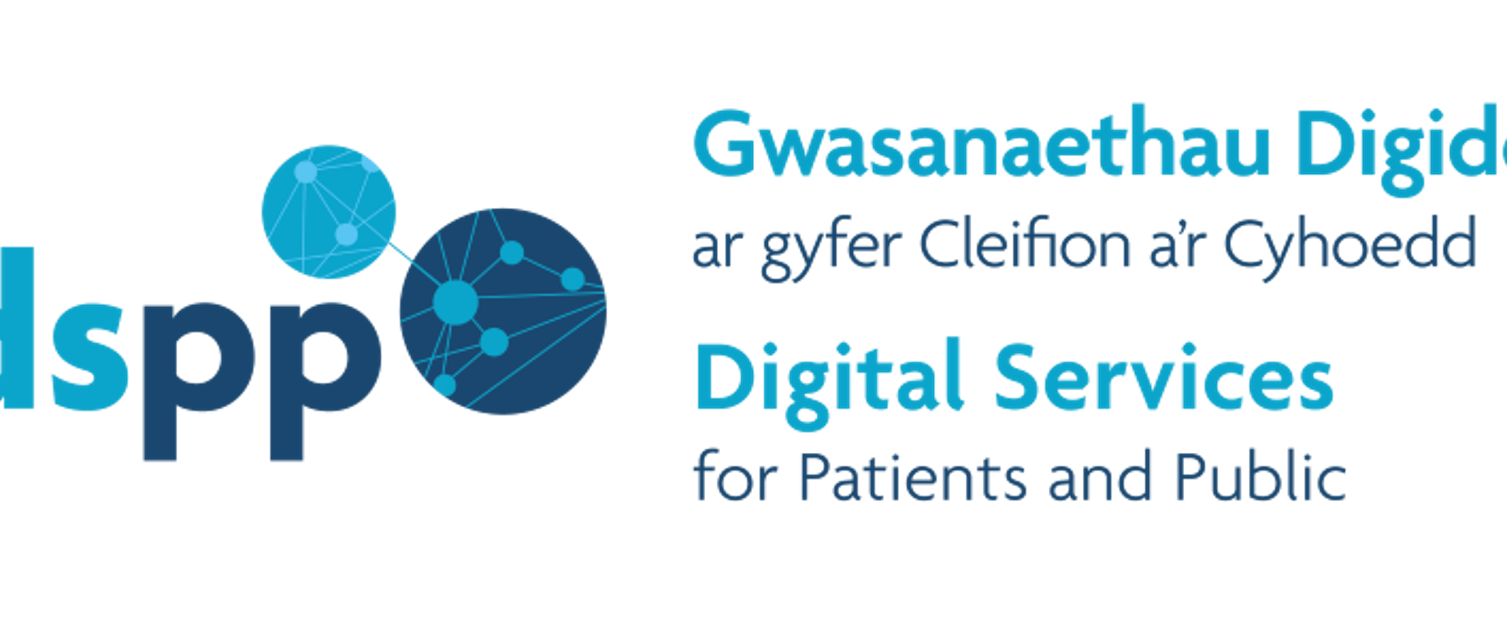Blog: How DSPP Works

The DSPP Delivery approach
The DSPP programme is part of Digital Health and Care Wales. The programme is working in partnership with Kainos to develop the NHS Wales Application. We have set up the relationship to feel like one team: the NHS Wales APP team, regardless of organisation. We have tried as much as possible to remove barriers and distinctions between Kainos and DHCW. Within this hybrid team approach we retain the intelligent customer function. We have a core team of people that commission the work and a delivery team, largely provided by Kainos, doing the software development and release management.
The DSPP development approach
There is a spectrum for digital projects. At one end you can start with a set of requirements and procure a system ‘off the shelf’ and configure it to best meet the requirements. At the other end, you can build something in-house. In the middle you can buy a semi-tailored solution with some development. We are closest to this approach but have tweaked the model still further. We have started with the NHS App code from England (thanks to NHS Digital) and procured specialist development resources from Kainos to make the necessary changes for us so that the App will work the way we want it to in Wales.
One of the things that is relatively unique about the way we have set it up our ways of working with Kainos is that everybody is working fully within the DHCW software development environment. Not only do Kainos bring their expertise, they're using DHCW tools. Traditionally what would have happened is that an external company would use their own tools, build a solution and ship it across when ready. This would then be tested, resulting in a back and forth with associated costs and delays.
For DSPP and the NHS Wales App, the Microsoft DevOps environment underpinning the DSPP programme is within DHCW. The development is agile with testing at every stage of the process. By operating this way, anyone in DHCW can delve into the DevOps environment and see the work in progress, even accessing the codebase if they've got the right permissions.
The befits of this approach are huge. It creates a lot more opportunity for skills transfer as well as introducing fluidity between external and internal resources. It also reduces the dependency on particular suppliers. This in turn allows the programme to be commercially flexible in terms of how the product is developed, delivered and supported and who fulfils these roles.
Setting up the NHS Wales App
Changes to the code include making the App completely bi-lingual. We have worked hard to make the App look good and perform well regardless of language preference. Users have the ability to flick between language on every screen in the NHS Wales App. We are also supporting the vision for DSPP of building a technical ecosystem allowing different suppliers to provide their service offerings within the DSPP programme environment. These commercial products can be surfaced through the NHS Wales App which provides a common front door. This is key to reversing an increasingly confused patient-facing digital landscape across the NHS in Wales.
We are disaggregating these third-party service offerings a little bit more than in England. This means we are not planning to integrate full Patient Held Record (PHR) solutions that attempt to provide the entirety of functionality for all patients for all needs. We’ve got slightly more functionality in the core application and more opportunity for specialist innovation for specific presentation of information relating to specific care needs. For generic services, like booking an appointment, these will be part of the core application. Where the service is perhaps more specialist, such as presenting a test result in a particular clinical specialty, there might be a need for subject matter expertise to contextualize the test results. This can be supported by a third-party digital solution and this might even be a different application in different health boards across Wales.
PSA testing is one example where digital solutions can add significant value, supporting people in their self-management and with self-testing, recording results and tracking their health. This care may be supported by Patients Know Best in one area or My Medical Record in another area. This means that we need the ability to switch in and out different suppliers at a micro level, potentially down to patient level. This extra complexity pays back in that it supports a vibrant marketplace, encouraging innovation. It also reduces the commercial risks and challenges that might come with being tied to a single supplier solution.
This approach allows the marketplace to concentrate on adding value in specific areas of health and care and reduces the burden on suppliers in areas such as identity management, communication technologies (sms, email, push notifications) and patient demographics etc.